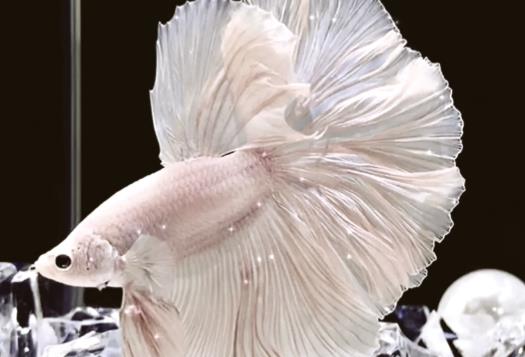When a betta fish is near death, it typically exhibits the following distinct signs that require prompt intervention or emotional preparation:

I. Abnormal Behavior
Prolonged Side-Lying/Bottom Resting
In a weakened state, it lies sideways on the tank bottom or almond leaves for extended periods, even remaining motionless and unresponsive to stimuli.
Erratic Swimming Patterns
Displays abnormal movements like vertical floating, rolling, or sudden darting—neurological symptoms resembling "dying struggles."
Loss of Aggressiveness
Shows no reaction to provocations from mirrors or betta training tools, avoiding or fleeing (healthy bettas typically flare their fins instead).
II. Physical Changes
Color Fading
Scales and vibrant areas fade rapidly, resembling bleaching, often accompanied by raised scales (pineconing).
Rapid Breathing
Gill covers open and close at an accelerated rate; in severe cases, the fish floats at the surface gasping for air (a sign of oxygen deprivation).
Tail Rot
Sudden fin damage or fin burning occurs without a history of fighting, caused by water quality degradation or bacterial infection.
III. Feeding & Metabolic Abnormalities
Refusal to Eat for Over 3 Days
Shows no interest in even preferred foods, possibly accompanied by abnormal abdominal swelling or weight loss.
Cold-Induced Stiffness
Lies motionless on the bottom when water temperature drops below 18°C (64°F), with potential white spot disease parasites on the body.
IV. End-Stage Symptoms
When a betta simultaneously exhibits body curvature/stiffness (such as a hunched back or S-shaped twist), cloudy eyes, and persistent surface floating, it has usually reached an irreversible stage. Isolate it for (quiet rest) to prevent water contamination after death.
Note: Some symptoms (e.g., bottom resting) may stem from short-term stress; assess by combining multiple indicators. If 2+ abnormalities are observed, immediately check water temperature (recommended 28°C/82°F), ammonia levels, and replace 1/3 of the water with aerated water.
